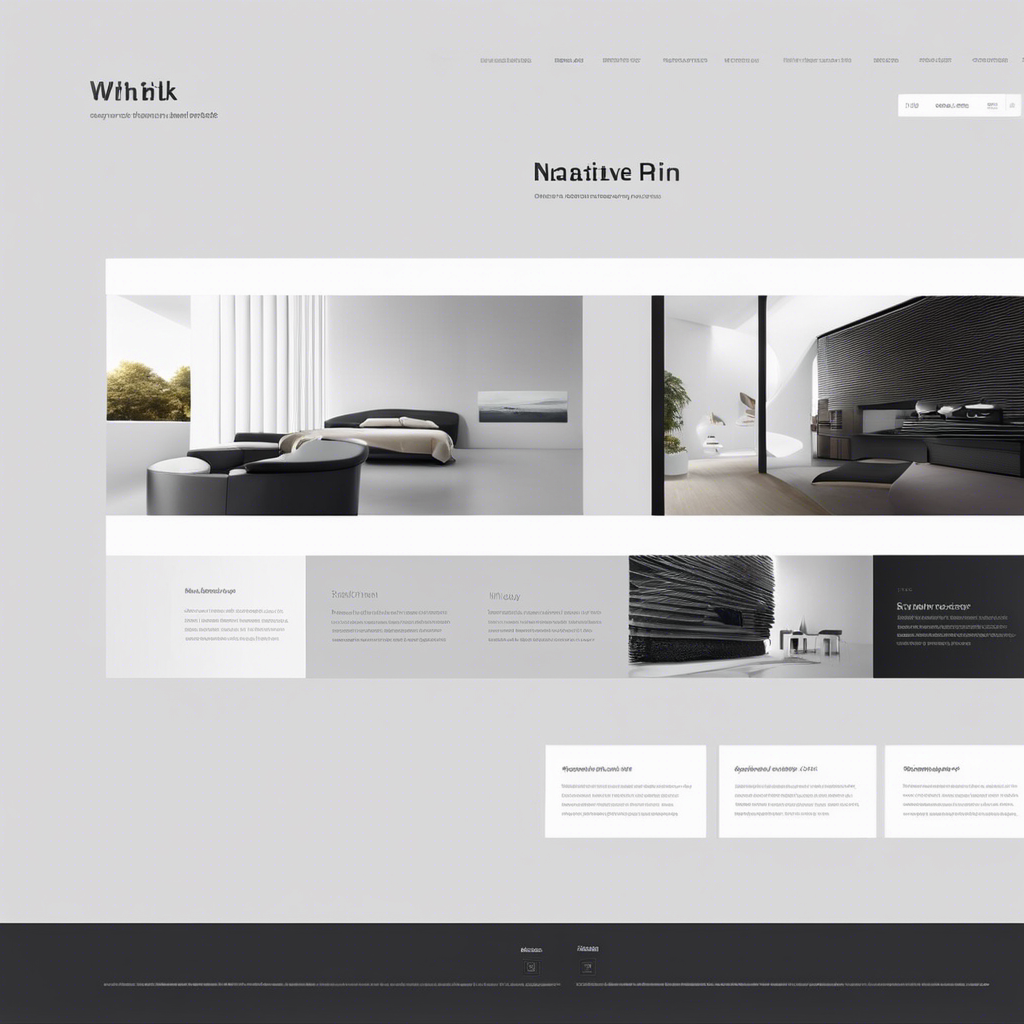Have you ever wondered how quickly you can learn website design? Imagine embarking on a journey where you can create beautiful and functional websites, capturing the attention of visitors and making an impact in the digital world.
Learning website design can be a rewarding and fulfilling endeavor, but the speed at which you grasp this skill may vary. It depends on your dedication, previous experience, and willingness to learn. While some may quickly grasp the basics, becoming proficient and mastering all the necessary skills might require more time and practice.
Remember, website design is an ever-evolving field, so ongoing learning and staying updated are essential for continued growth and success.
Key Takeaways
- Approach website design strategically
- Utilize effective learning strategies
- Take advantage of web design tools with user-friendly interfaces
- Embrace continuous learning to stay ahead in the dynamic world of web design
Web Design Learning Strategies
When learning website design, it’s important to approach it strategically by utilizing effective learning strategies. To become a web designer, there are certain skills you need to learn.
Taking a web design course is a great way to gain the knowledge and expertise required for this field. Online courses are a convenient option that allows you to learn at your own pace and from the comfort of your own home. Additionally, learning web development is easy when you have access to the right resources and guidance.
Best Web Design Tools for Quick Learning
If you want to learn website design quickly, one of the best ways is to explore the wide range of web design tools available. These tools can help you build websites without requiring extensive coding knowledge.
Some of the best web design tools for quick learning include Weebly, Wix, Squarespace, Shopify, WordPress, Elementor, Beaver Builder, and Divi. These tools offer user-friendly interfaces and have a wide range of templates and customization options. They also provide free trials, allowing you to experiment and learn at your own pace.
To enhance your learning experience, you can also utilize free resources such as web design blogs, YouTubers, podcasts, and books. By using these tools and resources, you can quickly gain the skills needed to create professional-looking websites.
Key Concepts and Principles of Web Design
To understand the key concepts and principles of web design, it’s important to explore the overall layout and design principles of a web page, as well as the basic elements that make up a website.
Web design involves creating visually appealing and user-friendly websites that enhance the user experience (UX). As a web developer, you need to understand the principles of design, such as balance, contrast, and hierarchy, to create a cohesive and aesthetically pleasing website.
Additionally, mastering HTML and CSS is crucial for front-end development, as these languages determine the structure and presentation of web pages.
To learn web development and acquire these skills, consider enrolling in coding bootcamps or studying web design books.
Building Your Own Website: Fast Track
To quickly build your own website, start by familiarizing yourself with popular website builders. These platforms provide user-friendly interfaces and pre-designed templates that make it easy to create a professional-looking website without any coding knowledge.
Some popular website builders include WordPress, Wix, and Squarespace. Once you’ve chosen a website builder, explore its features and options to customize your site according to your preferences.
Learn about the basics of front-end web development, such as HTML, CSS, and JavaScript, as they’ll help you understand and modify your website’s design. Take advantage of online resources like tutorials and courses to learn the necessary skills quickly.
Continuous Learning for Web Design Success
You can achieve web design success through continuous learning.
In the fast-paced and ever-evolving field of web design, staying updated with the latest trends and technologies is crucial. Continuous learning allows you to build expertise, stay competitive, and meet the demand for new skills and knowledge.
The good news is that there are various resources available to support your continuous learning journey. Whether you already know the basics or need to qualify your skills, there are free online courses, bootcamps, and certifications that can help you acquire the knowledge you need.
It doesn’t have to take a lot of time; even dedicating a little bit of time each day to learn new concepts and techniques can make a significant difference.
Embrace continuous learning and stay ahead in the dynamic world of web design.
Frequently Asked Questions
How Fast Can You Learn Web Design?
You can learn web design at your own pace, but effective strategies, mastering key principles, and practical exercises are crucial. Balancing creativity and functionality, staying updated, and avoiding common mistakes are essential for designing user-friendly websites.
How Long Will It Take to Become a Web Designer?
Becoming a web designer can take varying amounts of time depending on your learning approach and dedication. It’s important to develop essential skills, utilize online resources, and find mentorship to accelerate your learning.
Can I Learn Web Design in 2 Months?
Yes, you can learn web design in 2 months by using effective strategies, developing key skills, working on practical projects, staying motivated and focused, finding the right resources and courses, and seeking mentorship.
Is It Hard to Learn Web Design?
Learning web design can be challenging, but with dedication and practice, you can master it. Avoid common mistakes, use essential tools, follow design trends, prioritize user experience, create visually appealing websites, optimize for mobile, and apply SEO best practices.




